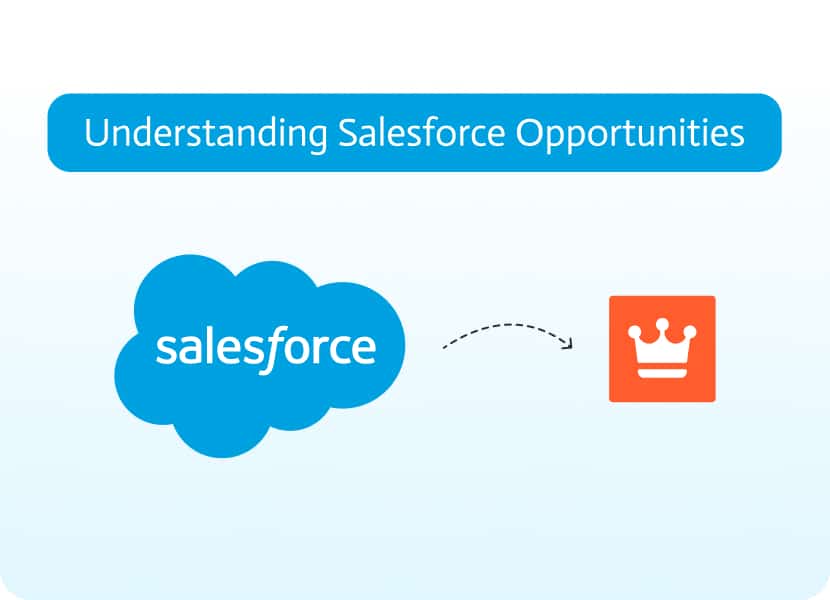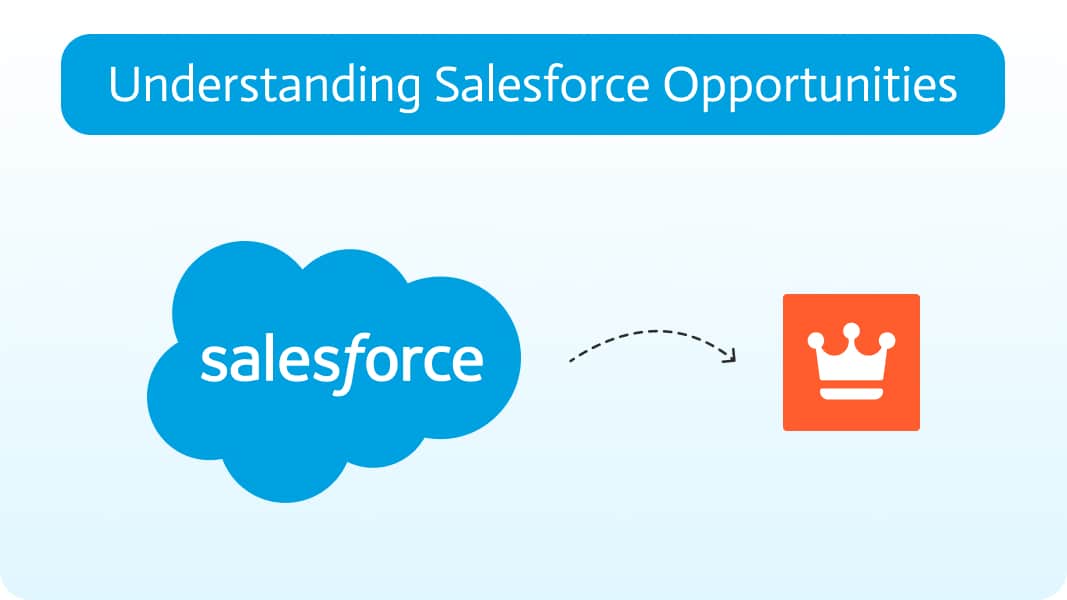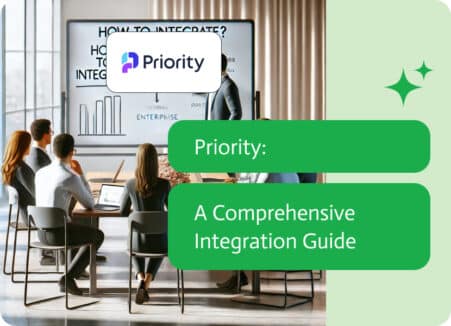

Understanding Salesforce Opportunities
Introduction
In sales, tracking possible deals is necessary for the growth of the business and revenue forecast. Salesforce comes in handy for managing this robustly through an object called the Opportunity object. This object represents a potential sales deal in the system. Availing opportunities effectively would let the sales team structure the pipeline, analyze deal progress, and optimize their sales strategy.
In this blog, key features of the Opportunity object in Salesforce will be highlighted. Additionally, the elements associated with it and how it supports the smoothing of business sales processes will be discussed.
What is a Salesforce Opportunity?
In Salesforce, an opportunity can be thought of as a potential sale to an account. Opportunities are considered an important part of a sales pipeline management and forecasting process. Opportunities enable sales teams to record and manage their deals from the time of contact to close. Hence, this provides a systematic way to handle sales.
Key Features of the Opportunity Object
- Stage Tracking: Every opportunity moves through various stages, such as ‘Prospecting,’ ‘Qualification,’ ‘Proposal,’ and ‘Closed.’ These stages assist in evaluating the current status of a deal and predicting sales in the future.
- Probability Assignment: In relation to each stage, there’s a probability percentage indicative of the likelihood to win the deal. This supports revenue forecasting and resource allocation.
- Revenue Management: The ‘Amount’ and ‘Expected Revenue’ fields can be used for managing potential revenue. This offers insight into the financial perspective of the sales pipeline.
- Close Date: It shows the date when the opportunity is expected to be closed. This helps while doing time-based sales analysis and planning.
- Custom Fields and Relationships: Salesforce allows customization of the Opportunity object by adding custom fields. It also allows establishing relationships with other objects like Accounts, Contacts, and Products. This helps in tailoring the CRM to specific business needs.
Associated Objects
The Opportunity object is linked with several other objects in Salesforce, enhancing its functionality:
- OpportunityLineItem: Represents individual products or services associated with an opportunity, enabling detailed tracking of items within a deal.
- OpportunityContactRole: Represents the contact roles that are attached to an opportunity. This enables the exact involvement of different stakeholders in the sales process to be defined.
- OpportunityCompetitor: Represents competitors linked with an opportunity. This object helps in understanding the competitive landscape of each deal.
Usage Considerations
- Permissions: A user needs to have the permission assigned in Salesforce to create or update an opportunity.
- API Calls: The developer can interact with the Opportunity object through APIs that Salesforce provides. These APIs connect with the other system for developing or customizing sales processes.
Conclusion
By taking advantage of the Opportunity object, businesses can get a holistic view of their sales pipeline. They can make their forecasting more accurate and introduce systematicness into the management of potential deals. Whether it is tracking deal progress, managing revenue, or competitor analysis, Salesforce Opportunities give them exactly what they need for an efficient and scalable sales process.


